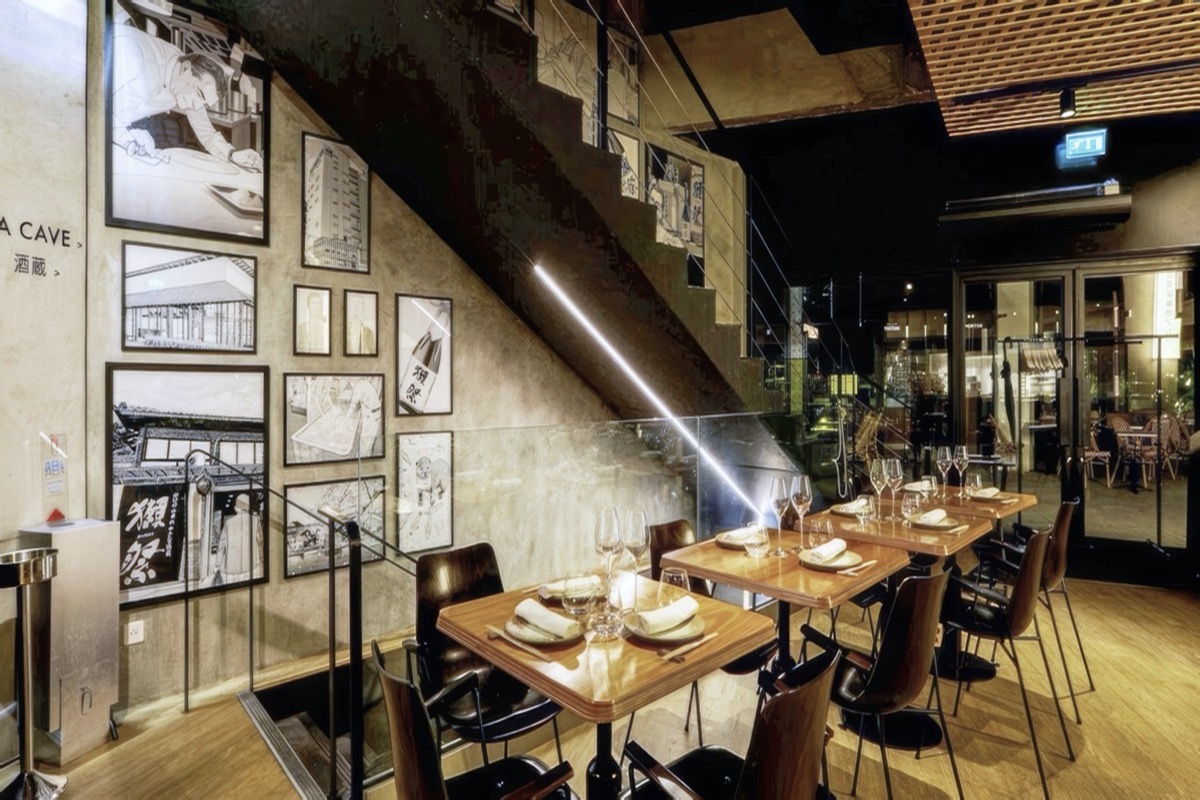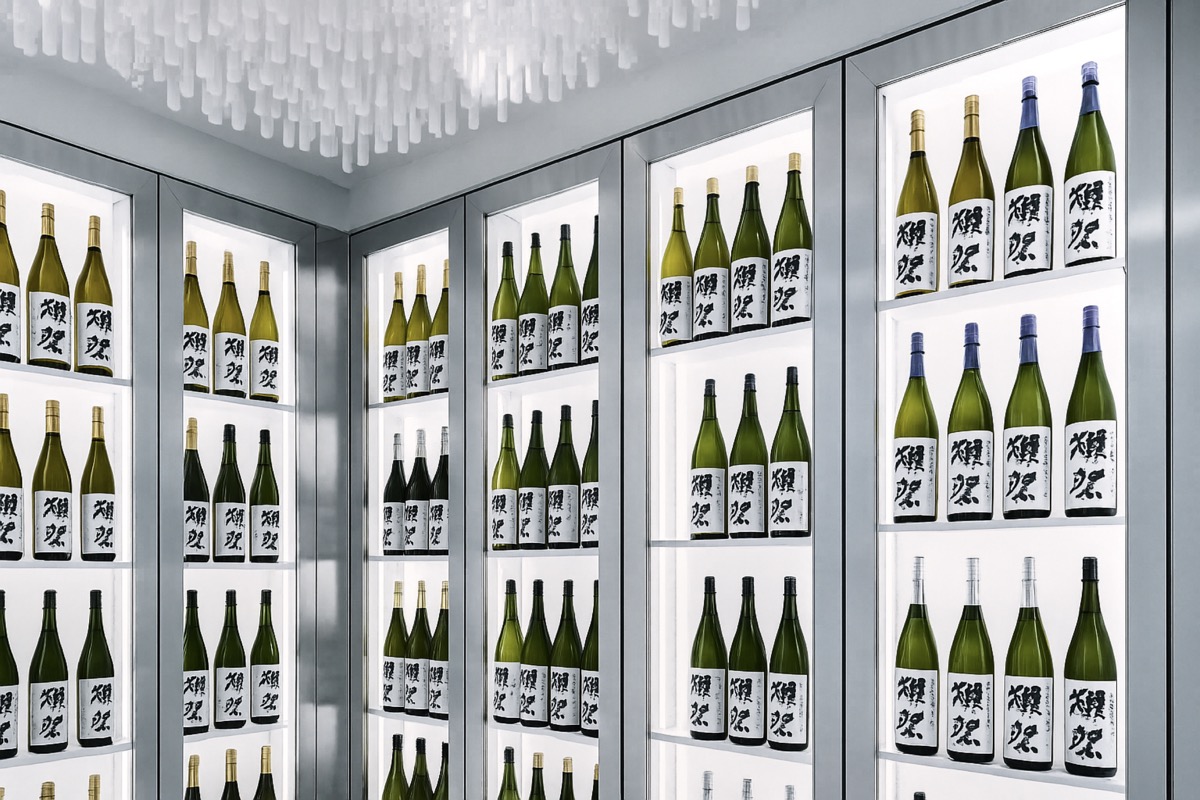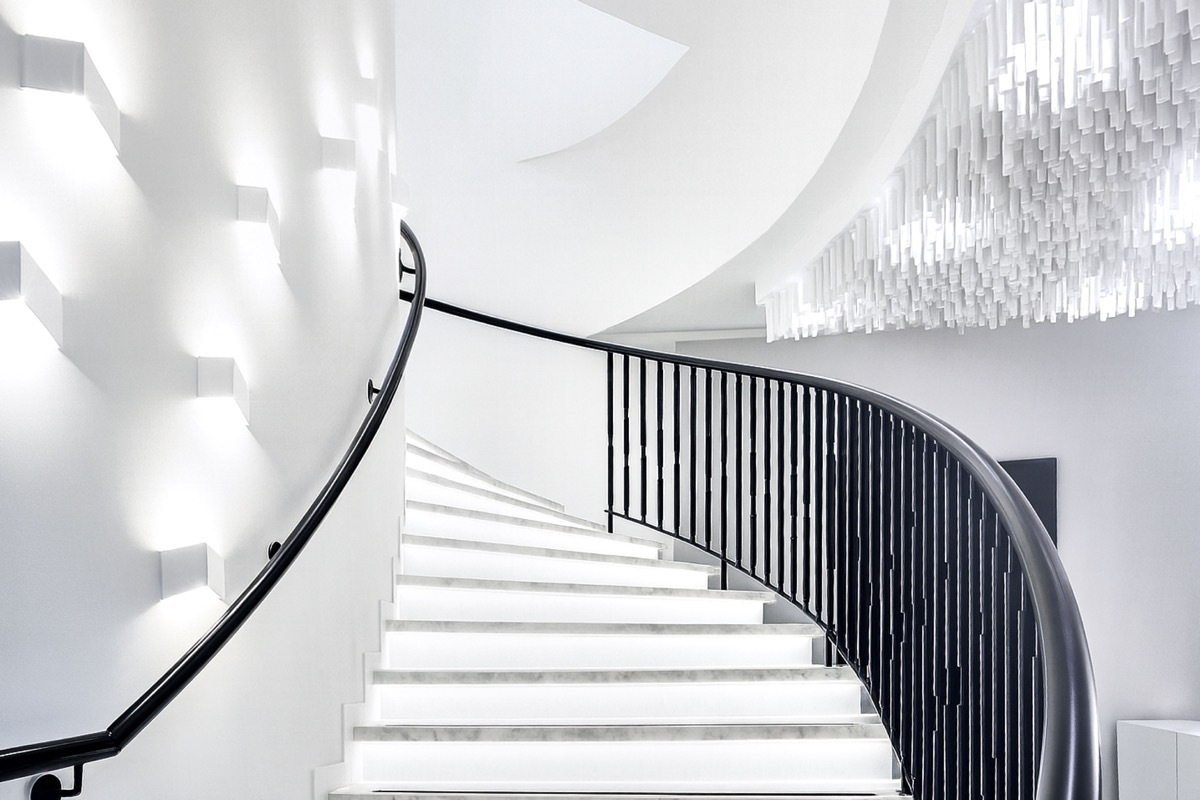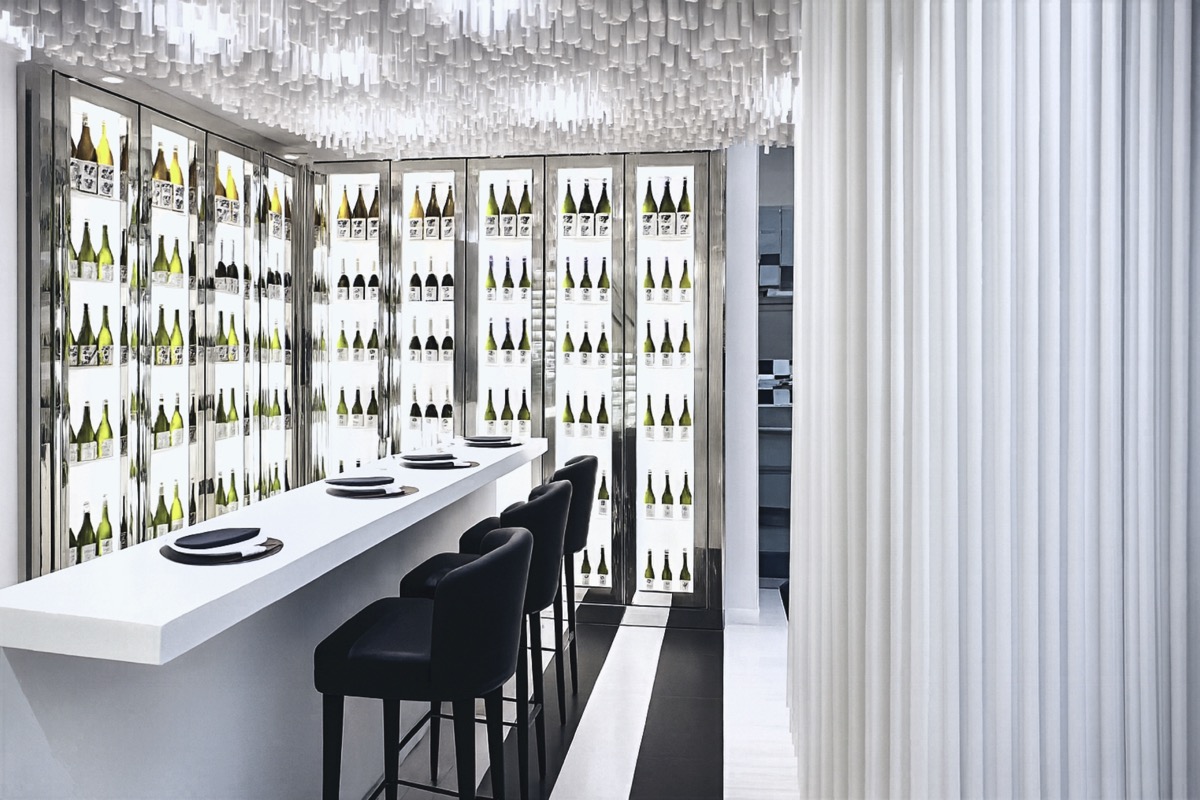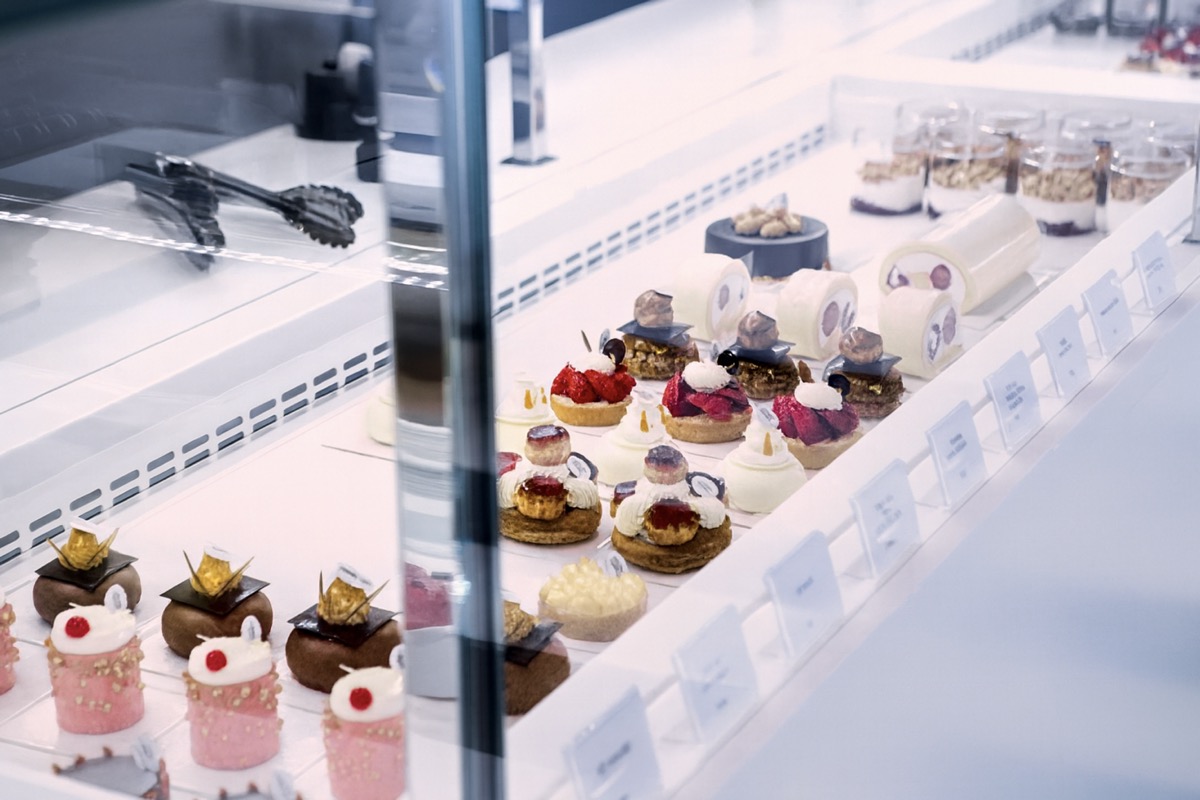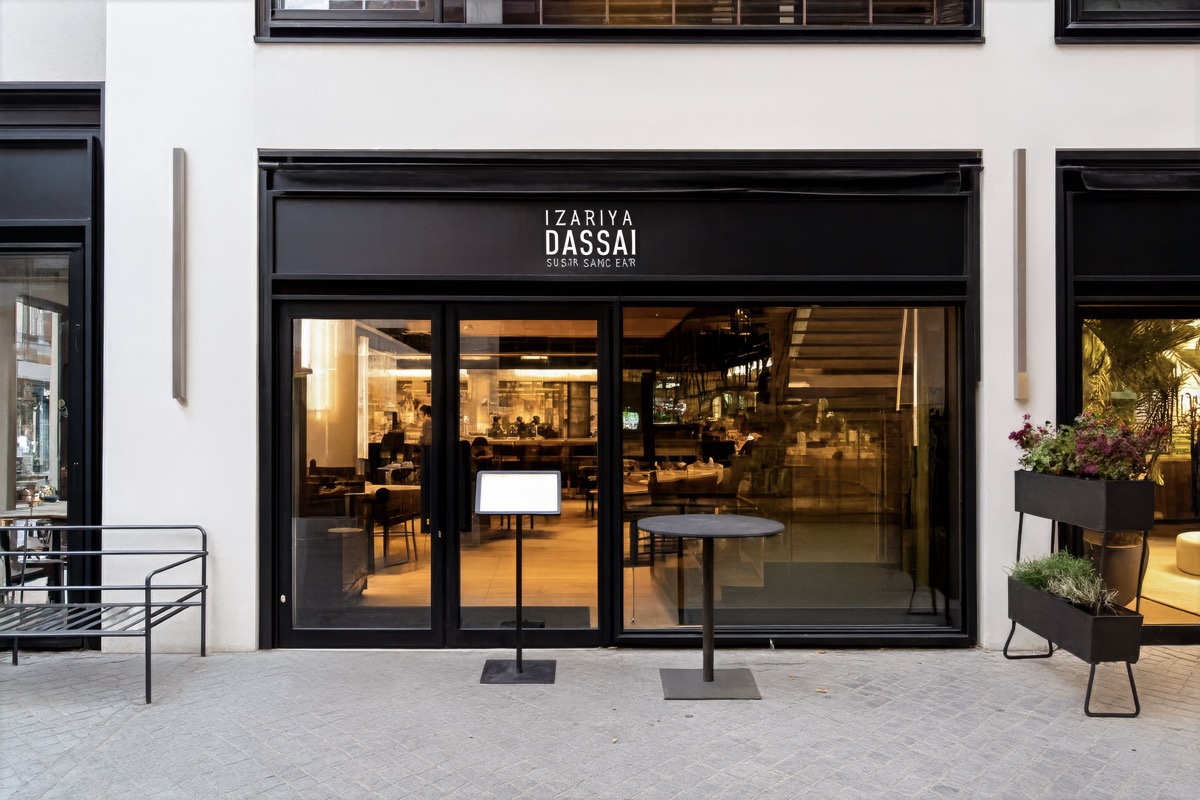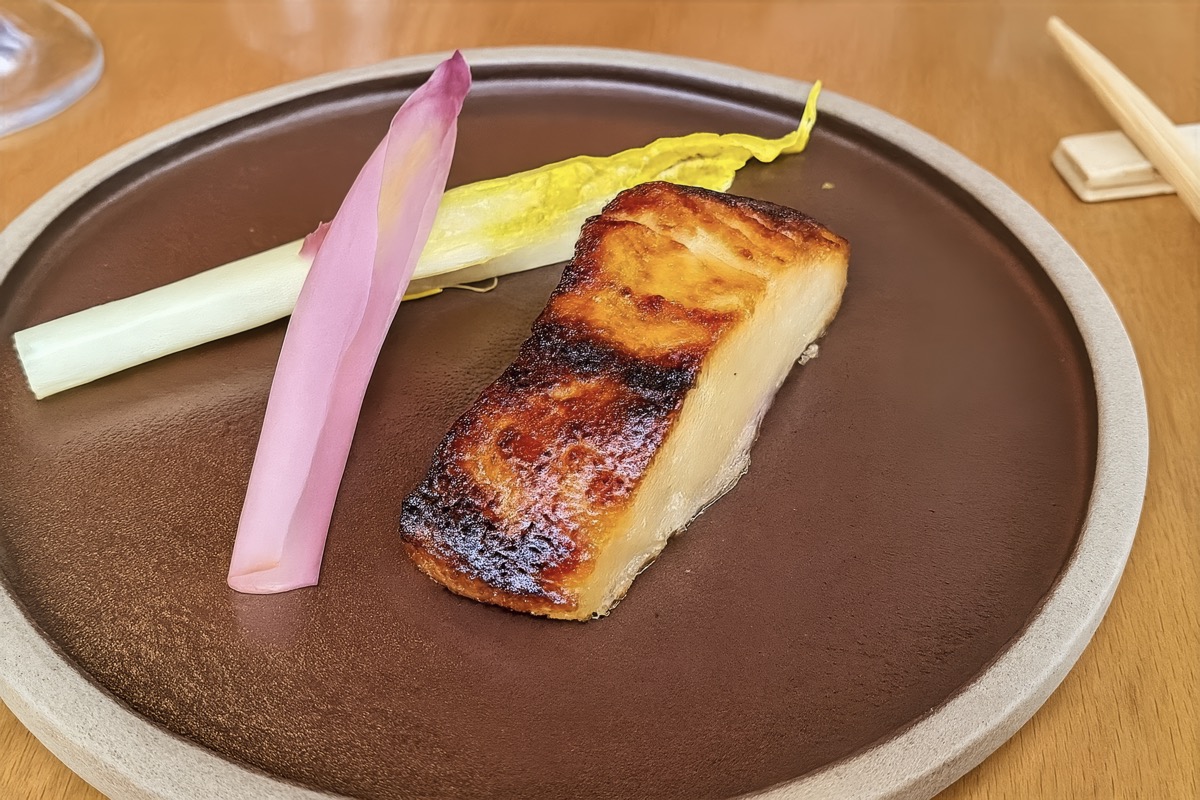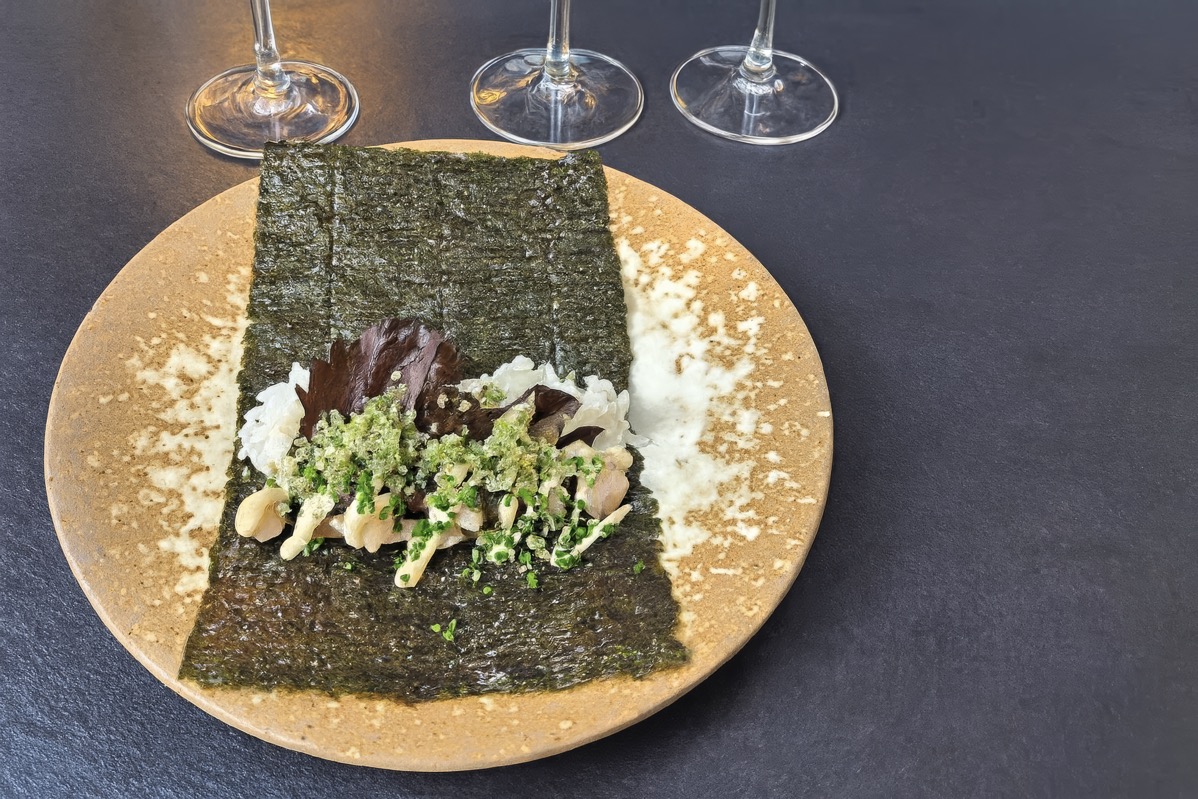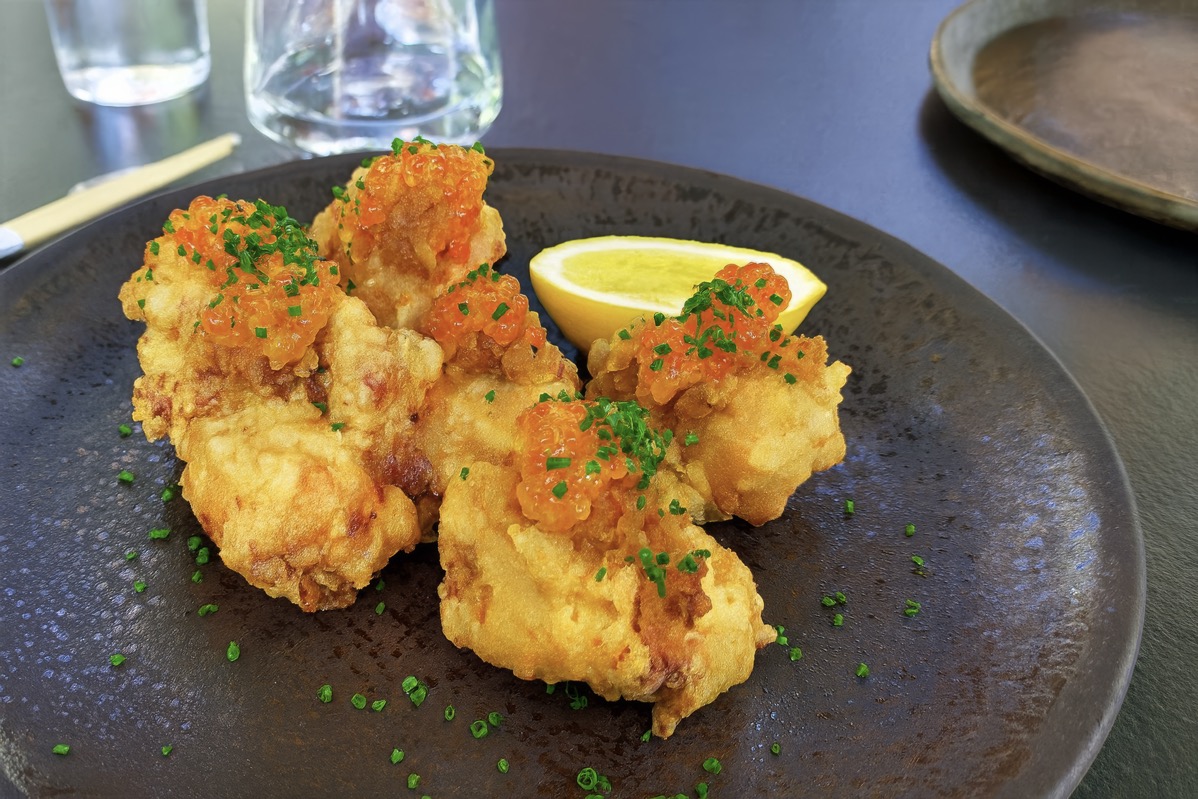From Yamaguchi to Paris The Sake That Rewrote France’s Wine Lists
France did not simply wake up one morning and shelve sake between Puligny and Pauillac. The shift had a catalyst. Long before starred chefs built menus around rice-brewed alcohol, a bottle from Yamaguchi arrived quietly and began rewriting the story. Dassai.
Made by Asahi Shuzo, Dassai is as clear in purpose as it is in the glass. Bright, fruit-forward aromas, a silken texture that seems to dissolve mid-palate, and a finish that leaves light and length. Japanese connoisseurs embraced it first, and the rest of the world soon followed, from Paris to New York, from Hong Kong to London.
When Rice Entered Wine Country
By instinct and inheritance, France is a wine nation. The idea that a drink brewed from rice, since sake is brewed and not distilled, might earn a place at its grand tables once felt unlikely. Dassai made it feel inevitable. The reason was not fashion but quality, pursued with almost monastic focus.
Consider Dassai 23. Here, seventy-seven percent of each grain is polished away, leaving only the aromatic heart. The result is crystalline clarity, a bouquet of white flowers and fresh fruit, and a palate layered enough to sit beside a fine Puligny-Montrachet. For French palates, no translation was needed. It read as refinement.
Quick guide:
In sake, the lower the polishing number, the greater the refinement and usually the higher the price. Dassai’s classic set (23, 39, 45) still anchors the range, and by 2025 the catalog also includes sparkling expressions, centrifuge-separated rarities, the experimental DEX line, and even Dassai Blue brewed in New York for global markets.
A Label That Teaches While It Welcomes
Part of Dassai’s appeal is instant legibility. Where many sake labels leave newcomers guessing, the lineup reads like a primer:
-
Dassai 23 : the flagship: exquisitely polished, intensely aromatic, with a clean, ringing finish.
-
Dassai 39 : a poised middle ground where fragrance and savor shake hands; sommeliers love it with food.
-
Dassai 45 : generous, approachable, an everyday luxury.
-
Coffret dégustation : a tasting set of all three, encouraging comparison much like sampling wine vintages.
The white label, bold calligraphy, and headline numbers create a visual shorthand. Smaller number, rarer sake. The barrier to entry drops, curiosity rises. Limited editions such as sparkling, nigori, and centrifuge-separated cuvées add layers to the hierarchy, yet the core remains easy to navigate.
Paris Falls in Love
When Hiroshi Sakurai, president of Asahi Shuzo, and his wife first came to Paris, they did not bring marketing decks. They brought bottles. They visited wine shops and dining rooms, asking sommeliers and chefs to taste. It was a quiet campaign, and it worked.
Among the first to be convinced were Joël Robuchon and Yannick Alléno. They did not see a novelty. They saw a partner. Dassai’s fruit-laced nose and precise, clean finish slipped into French gastronomy beside foie gras and truffles and the careful architecture of haute cuisine. What began as a pour became a mariage.
Robuchon’s Parisian Chapter
Robuchon, Chef of the Century and holder of more Michelin stars than any other chef, did not need another jewel. Yet in 2018 he unveiled Dassaï Joël Robuchon on the rue du Faubourg Saint-Honoré. Three levels of culinary diplomacy: a patisserie below, a tea salon and bar at street level, and an upstairs dining room where sake met French classics in Champagne flutes.
Black cod marinated in miso, crab tempura, lamb with spring vegetables, all reimagined under crystal chandeliers. “I am in love with Dassai,” Robuchon said. “It is the best sake I have ever tasted.” His passing two months later closed the space, but not before it left an indelible mark, a brief Parisian spring when sake and French cuisine spoke the same language.
*Note: This establishment closed in 2018.
Alléno’s Izakaya Experiment
The dialogue continued with Yannick Alléno, master of modern French cuisine and creator of Extraction. In November 2024 he opened L’IZAKAYA DASSAI in Beaupassage, the chic food enclave of the seventh arrondissement.
Here, izakaya spirit meets French craftsmanship. Warm wood, an open kitchen, the quick hiss of tempura oil. The menu runs from hand rolls and sashimi to ramen in chicken consommé, teriyaki burgers, and black cod in miso. It is comfort food refracted through a Paris lens, casual yet quietly luxurious. The address at 53 rue de Grenelle has become a waypoint on the city’s dining map, proof that sake is no longer an exotic guest but part of the conversation.
Clarity Breeds Curiosity
Dassai’s greatest strategic feat may be how easily it invites exploration. Taste one bottling and the label nudges you to the next. How does 39 compare with 23. What does 45 bring to the table. Limited editions deepen the intrigue, while the framework remains as inviting as a wine flight.
In doing so, Dassai has helped France embrace sake not as an oddity but as a peer among fine drinks. What began with a few hand-carried bottles is now a standing chapter in Parisian gastronomy.
When I lived in Japan, sake was something I ordered casually at a soba shop or an izakaya, with no thought for brand or prestige. A small pour would arrive beside a modest snack, and I would sip it slowly. It was not meant to impress. It was simple, spare, and quietly satisfying. After I moved to France, the habit disappeared. Paris had soba shops, and the good ones lined their shelves with fine bottles of sake. Yet in France what overwhelms people is wine, its variety and its depth. You could drink a different wine every day and still never finish in a lifetime. What other drink could make that claim. I jumped into the world of wine without caring about labels, learned the regions and the grape varieties, and the more I knew the more I wanted to know. Whatever the dish, there was always a wine to match. Before long I was pairing wine even with Japanese food, and I almost forgot about sake.
One afternoon more than ten years ago, I heard there would be a tasting of Dassai at La Maison du Whisky near the Odéon. Something pulled at me, part nostalgia and part curiosity. That shop carries everything, not only whisky. Even so, I wondered how you sell sake in a place like that. Do you slip it in beside the rum and the gin, or give it a space of its own.
The president of Dassai was there with his wife, answering every question the French visitors threw at them. The questions were detailed, quirky, and unending. Which recent years have been good years for sake. How many years should you let it rest. Do you drink the same sake with fish and with meat. In Japan no one would ask such things. Through an interpreter they received it all with patience and humor. Later he said to me, at tastings in Japan we do not get so many questions, and the French ask things we would never think of. It is a learning for us too. He was not only representing his own brand. He was introducing sake itself and creating a place for people to meet it.
For French people who did not know Japanese sake, Dassai was the best way in. It has a clear fruit aroma, a pure line on the palate, and a finish with a clean snap. It speaks in the same language used for wine, the language of flowers and fruit. It suited sashimi, of course, and it suited French starters as well. To the French it felt like finding a new kind of wine they had never imagined. I went with a friend who had once been made to drink Chinese baijiu as if it were sake and had a bad experience. The moment he took a sip of Dassai at the Odéon, that memory vanished. He fell in love with sake on the spot, and Dassai has remained his first love ever since.
To be clear, Chinese baijiu is not a poor spirit. Quite the opposite, there are countless kinds, and the premium bottles can be breathtaking in both price and quality. The problem is that the free after dinner pour at a cheap Japanese restaurant is usually the bottom tier. That was where I learned my lesson. When you taste something for the first time, you should make sure it is a good example. The same is true of sake. I love the modest pour at my neighborhood soba shop, but it is not the bottle I would hand to someone taking a first sip.
When I first tasted Dassai myself, I thought it was like drinking a full bodied white wine with one more layer of umami folded in. It was rich, a little sweet, and sharp at the same time. It worked like a pairing machine, something you could drink from the first course to the cheese plate without feeling out of place.
That day the tasting room was full of chefs and sommeliers. They left the shop buzzing with ideas. Soon Dassai was no longer only lined up on shelves. It landed in the hands of Michelin starred chefs and was written into their menus. Collaborations followed, and a restaurant opened. Dassaï Joël Robuchon began service, and its beauty took my breath away. The design and the dishes all spoke in the language of Dassai. I found myself wondering whether alcohol had ever looked so glamorous.
When Robuchon died, France went into mourning. He was not only a chef but also a teacher, a face on television, a name known in households. The restaurant he built with Dassai closed soon after. Perhaps no one could carry forward what he had imagined. It felt like a loss, both for France and for sake.
Even so, Dassai did not stop. In 2025 Yannick Alléno, who runs kitchens from Paris to Dubai and holds sixteen Michelin stars, opened L’Izakaya Dassai by Yannick Alléno. It was relaxed, playful, and bold. A world class chef turned izakaya standards inside out. A new door opened for sake in France, and it showed once more that sake has a place here.
The rise of Dassai lifted other labels as well. At the Hôtel de Crillon, the sommelier Xavier Thuizat was deeply taken with Daishichi, the famous sake from Fukushima that is often called the Romanée Conti of the sake world. French restaurants began to search for their own perfect bottle of sake, just as they look for the wine that crowns a menu.
When I first came to Paris, eating strange takes on Japanese food and drinking Chinese liquor presented as sake, I never imagined the day would come when I would hesitate over sake labels in France. The drink that once sat quietly as a companion to soba has traveled a long way. Wherever it goes, it reminds people of the same thing. Sake may look simple, but inside it holds many layers.


